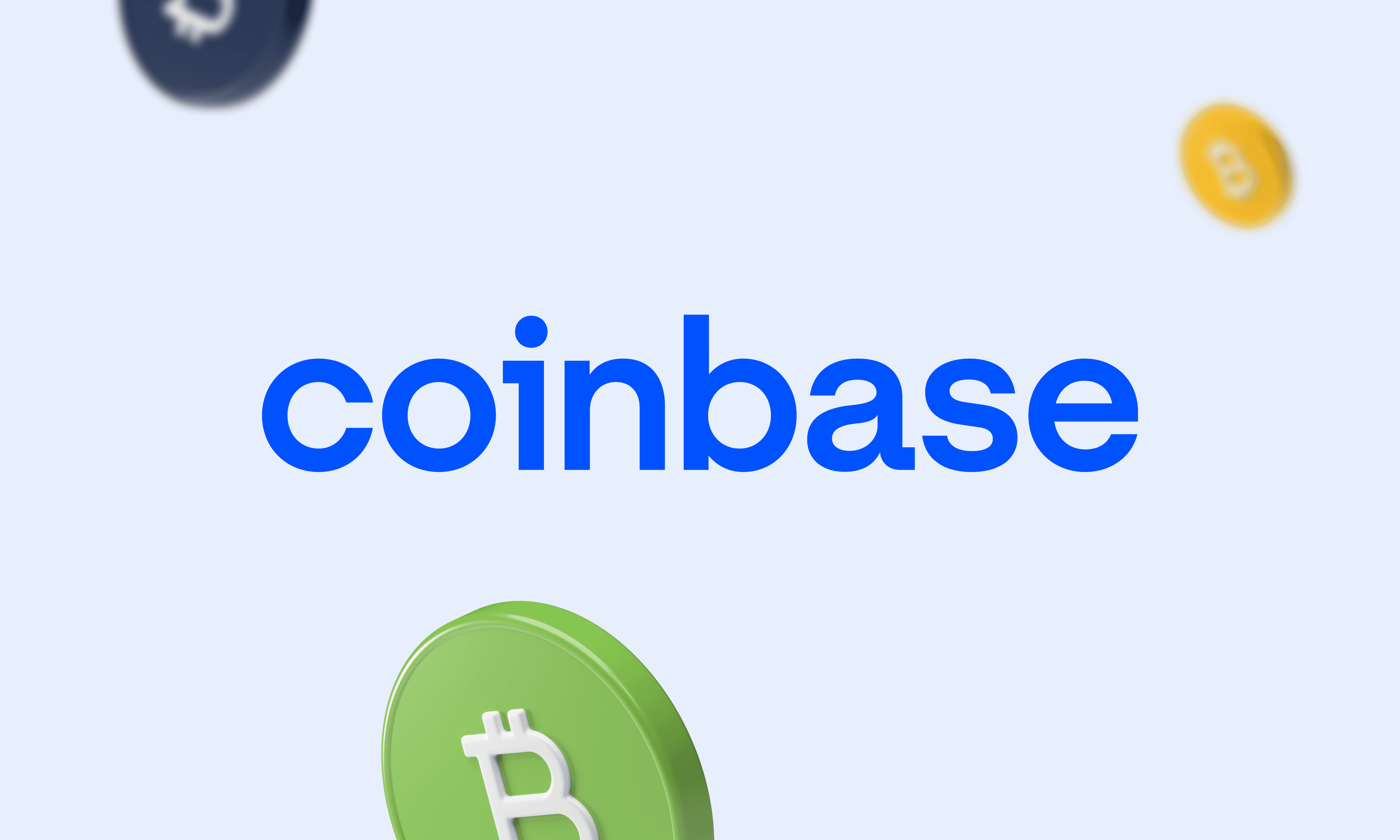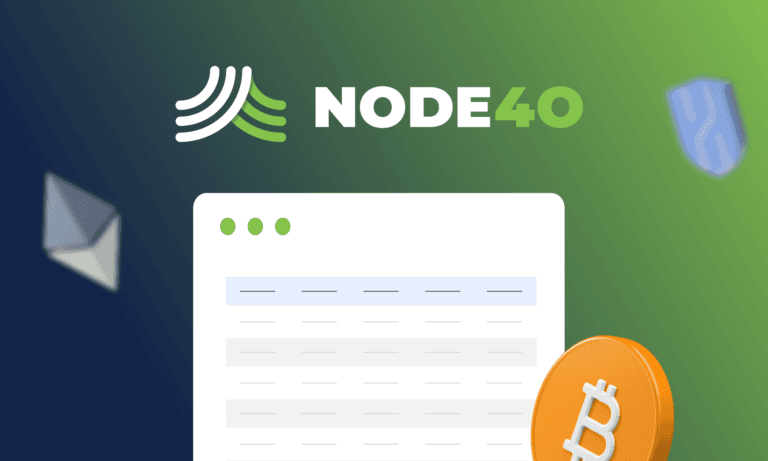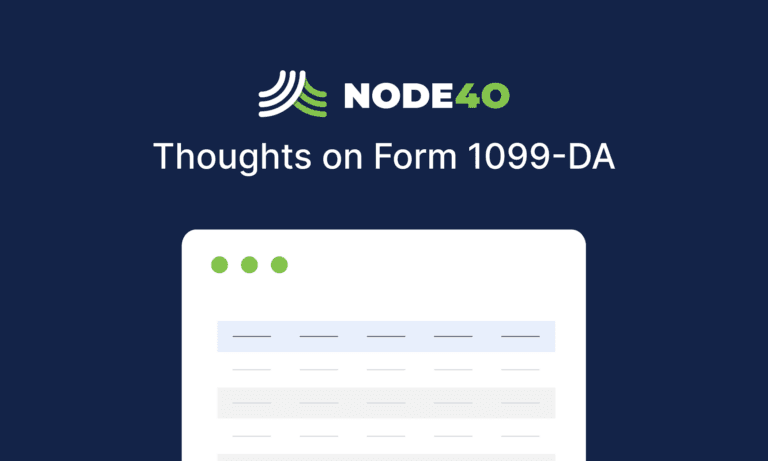This is a TIL story. It’s the story about the power of a platform to bring clarity to cryptocurrency transactions. It’s a story brought to light by NODE40 Balance.
Earlier this year, we had a customer come to us and ask if we could help make sense of his Coinbase/Coinbase Pro transactions so he could determine his tax liability. He had struggled with some other platforms and was referred by another one of our customers.
I want to state upfront that Coinbase is really good at providing rich data for its customers to analyze. It’s just that transactions can be complicated and it is difficult for people to tease out what actually happened. Especially when assets flow into and out of Coinbase (or any exchange) from another source. It’s the nature of custodial assets like bitcoin. Exchanges can’t provide their customers with a narrative or report about what happened because exchanges only have access to some of the data.
Back to our customer. The crux of the problem was he had BTC moving between Coinbase and Coinbase Pro and he knew intuitively that the cost basis should be carried as the BTC moved between accounts. The NODE40 Balance platform handles cost basis carry between accounts beautifully so we were able to get this customer squared away in short order.
The scenario piqued my curiosity so I decided to create some transactions on Coinbase and Coinbase Pro and see what kind of story NODE40 Balance would tell me.
Here’s the setup for my workflow on Coinbase and Coinbase Pro.
- I started with some BTC on a Trezor hardware wallet.
- From Coinbase Pro, I generated a deposit address.
- I sent 0.01 BTC to the Coinbase Pro deposit address.
- I traded BTC for LTC (don’t judge) on Coinbase Pro.
- I then transferred LTC from Coinbase Pro to Coinbase.
- Finally, I sold LTC for USD on Coinbase.
The above is a pretty straightforward workflow. I knew the transfer of LTC from Coinbase Pro to Coinbase would give me a good example of how NODE40 Balance carries the cost basis between sources. My goal was to simulate a workflow similar to the customer who came to NODE40 for help.
Once all of my transactions were complete, I connected to Coinbase from NODE40 Balance to see what kind of story Balance would tell.
The first transaction into the Coinbase ecosystem was where things got interesting. Remember that I generated a deposit address on Coinbase Pro (not Coinbase), but the first transaction that NODE40 Balance picked up was a deposit into Coinbase. That provided some insight into how Coinbase manages its customer assets. The additional steps in the lifecycle of my BTC didn’t affect my gain/loss calculations because NODE40 Balance appropriately carried the cost bases as the BTC moved from Coinbase to Coinbase Pro.
While I thought my BTC would transfer directly from my Trezor to Coinbase Pro, the real story revealed by NODE40 Balance is more complicated. The Balance platform exposed some of the business rules imposed by Coinbase. Really interesting stuff.
The rest of the story is pretty straightforward. NODE40 Balance carried the cost basis of the BTC from the Trezor wallet => Coinbase => Coinbase Pro. Balance automatically set the transaction types to a transfer so the flow was easy to follow.
The first taxable event was the trade of BTC for LTC. Then, the cost basis for LTC was carried from Coinbase Pro to Coinbase. Again, Balance automatically set the transaction types.
Finally, the second taxable event was recorded when the LTC was traded for USD.
If you want to see a corresponding video, head over to our YouTube channel.
If you are struggling to understand your crytpocurrency transactions, we’re happy to help. Give NODE40 Balance a try and discover your crypto story.
Stay Safe – Get the Right Numbers
At NODE40, we operate in the most transparent ways possible so you understand how we calculate your tax numbers and provide you with an annotated history of your crypto activity. We want you to feel comfortable with the numbers we provide. It’s why we became the first consumer-focused cryptocurrency tax software to undergo a SOC 1 Audit created by the American Institute of Certified Public Accountants (AICPA).
Head on over to our YouTube Channel and be sure to click Subscribe.
We hope you find these videos helpful as you work to gather your crypto trades from all your various exchanges and wallets to make sense of it all.



